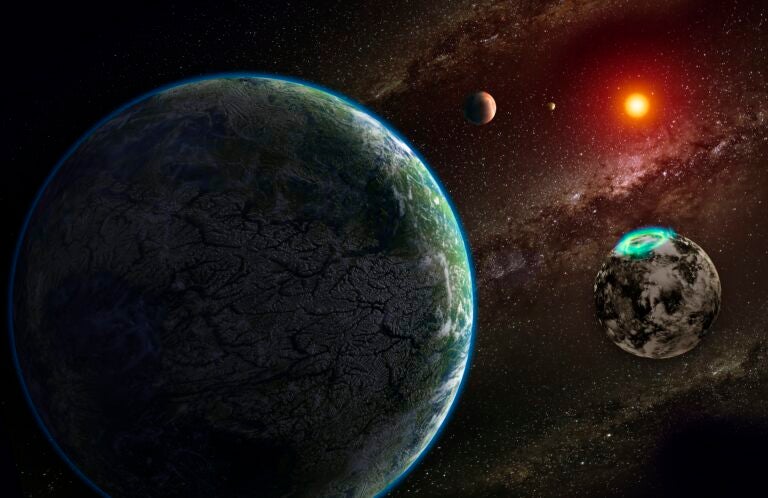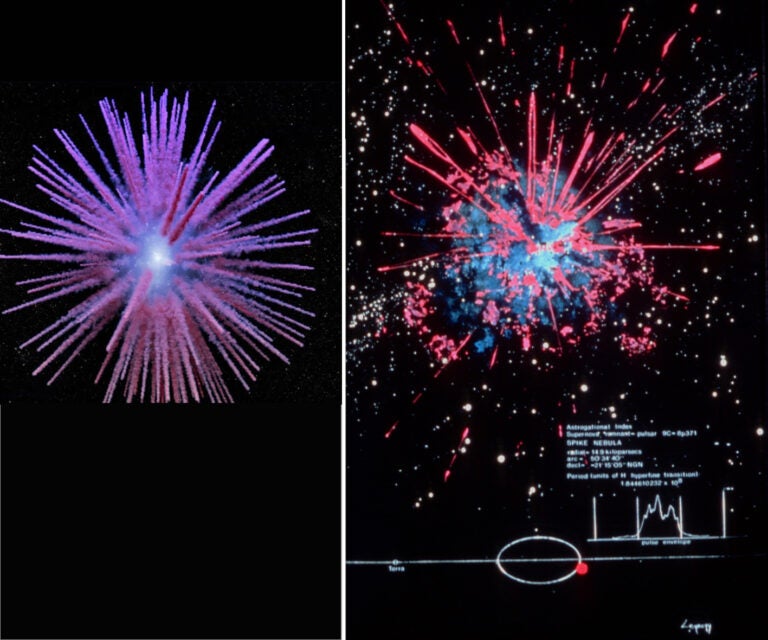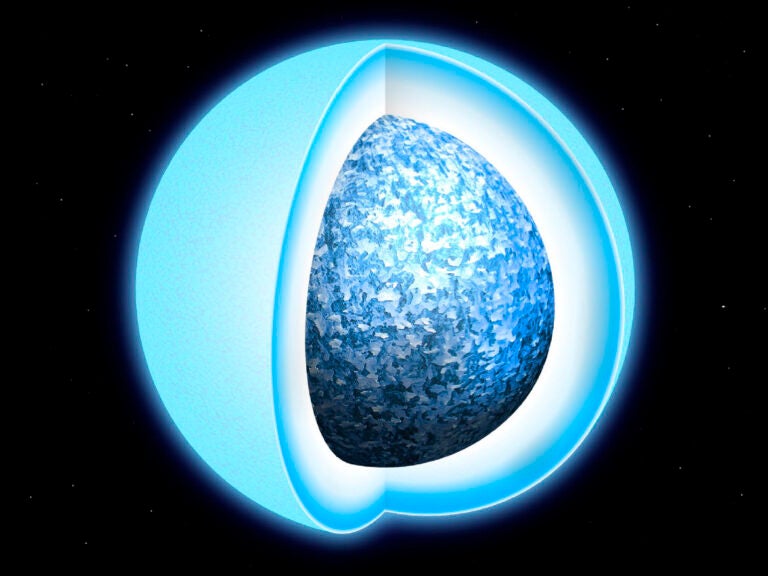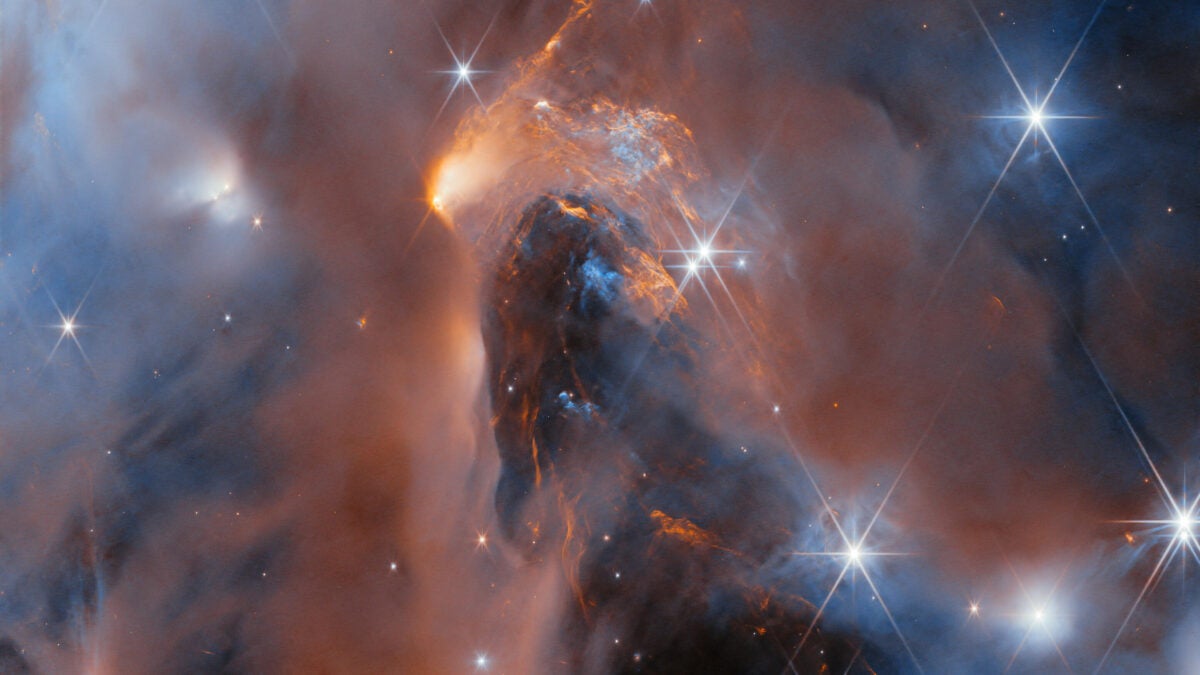
A team of researchers has used the James Webb Space Telescope (JWST) to discover six likely rogue planets. Such objects have masses similar to planets but do not orbit parent stars.
The newfound objects, whose masses range from five to 10 times that of Jupiter, are all in NGC 1333, a reflection nebula in the constellation Perseus some 960 light-years away that has a number of star clusters inside of it. These rogue planets originated in a process that usually forms stars, and have some of the lowest known masses for objects that formed this way. They add to a growing body of evidence that the physics of what astronomers call “star formation” can also produce smaller planetlike objects with masses several times that of Jupiter.
However, the researchers found no objects with masses below five times that of Jupiter, even though JWST’s sensitivity would allow them to see them. This leads them to think that they have identified a threshold — objects lighter than this form as planets.
The work seeks “to address a fundamental question in astronomy: How light an object can form like a star?” said Johns Hopkins Provost Ray Jayawardhana, an astrophysicist and senior author of the study, in a statement. “It turns out the smallest free-floating objects that form like stars overlap in mass with giant exoplanets circling nearby stars.”
The research is part of the Deep Spectroscopic Survey for Young Brown Dwarfs and Free-Floating Planets and used the Near Infrared Imager and Slitless Spectrograph (NIRISS) instrument on JWST. The work is detailed in a paper that was posted to the arXiv preprint server Aug. 26 and has been accepted for publication in The Astronomical Journal.
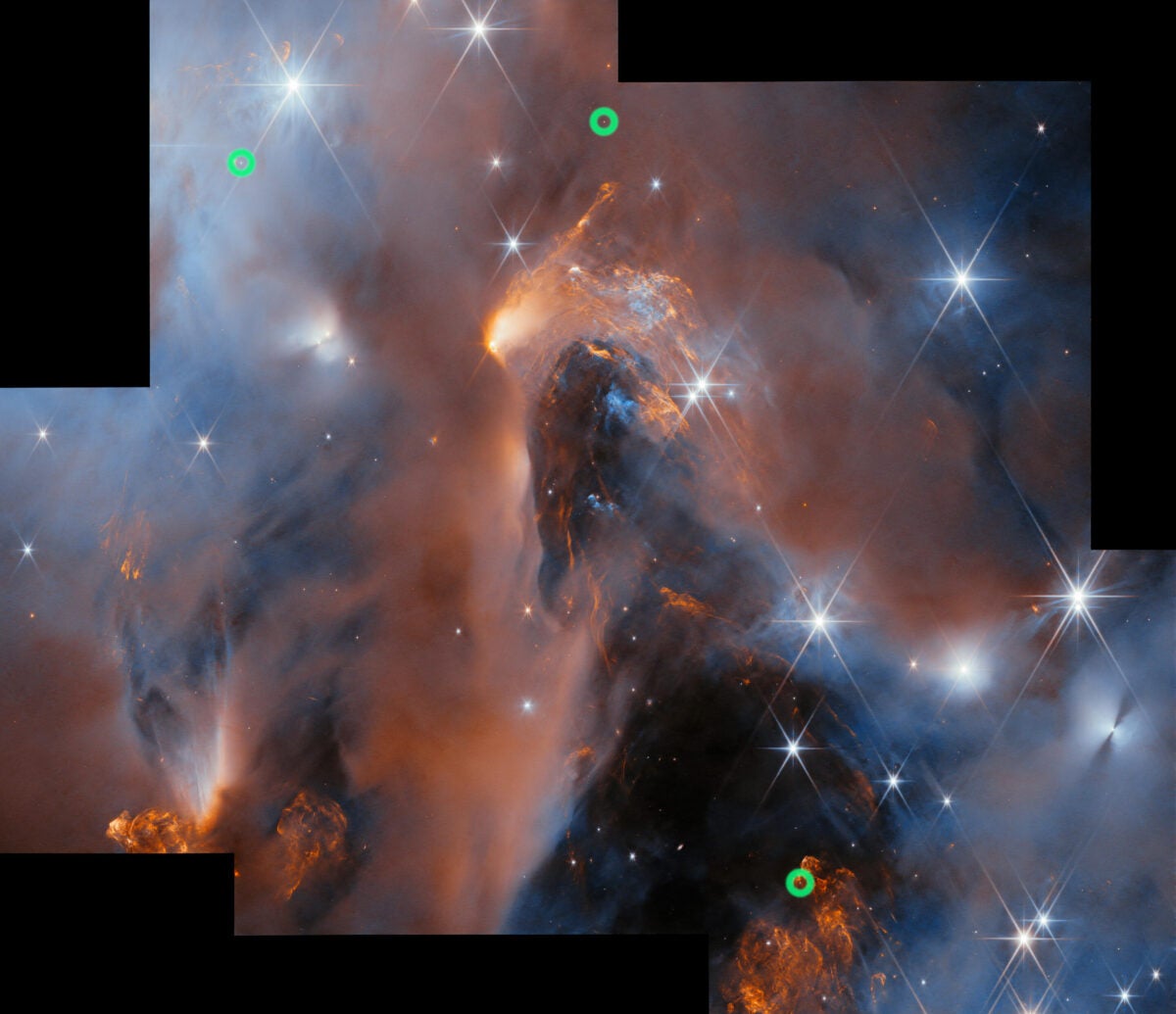
What planets can teach us about stars
“We are probing the very limits of the star forming process,” said lead author Adam Langeveld, an astrophysicist at Johns Hopkins University. “If you have an object that looks like a young Jupiter, is it possible that it could have become a star under the right conditions? This is important context for understanding both star and planet formation.”
The least massive of the objects discovered has a mass estimated at five Jupiters, about 1,600 times more massive than Earth. The presence of a dusty disk means the object almost certainly formed like a star, as space dust generally spins around a central object in the early stages of star formation, said Langeveld.
Some rogue worlds probably originate in molecular clouds. Gravity eventually causes these regions to collapse, and if their masses are great enough, star clusters form. Not all of these clouds, however, contain enough mass to begin the process of nuclear fusion, the energy source in the cores of stars. Another way rogue planets can form is by being ejected from their star systems because of gravitational interactions with other bodies. Although such objects are considered rare in the Milky Way, the new JWST data show they account for about 10 percent of celestial bodies in NGC 1333.
In the coming months, the team will study some of the rogue planets’ atmospheres and compare them to gas giant planets. The researchers have also been awarded time on JWST to study similar objects with dusty disks to explore the possibility that they are forming mini planetary systems that resemble Jupiter’s and Saturn’s numerous moons.







